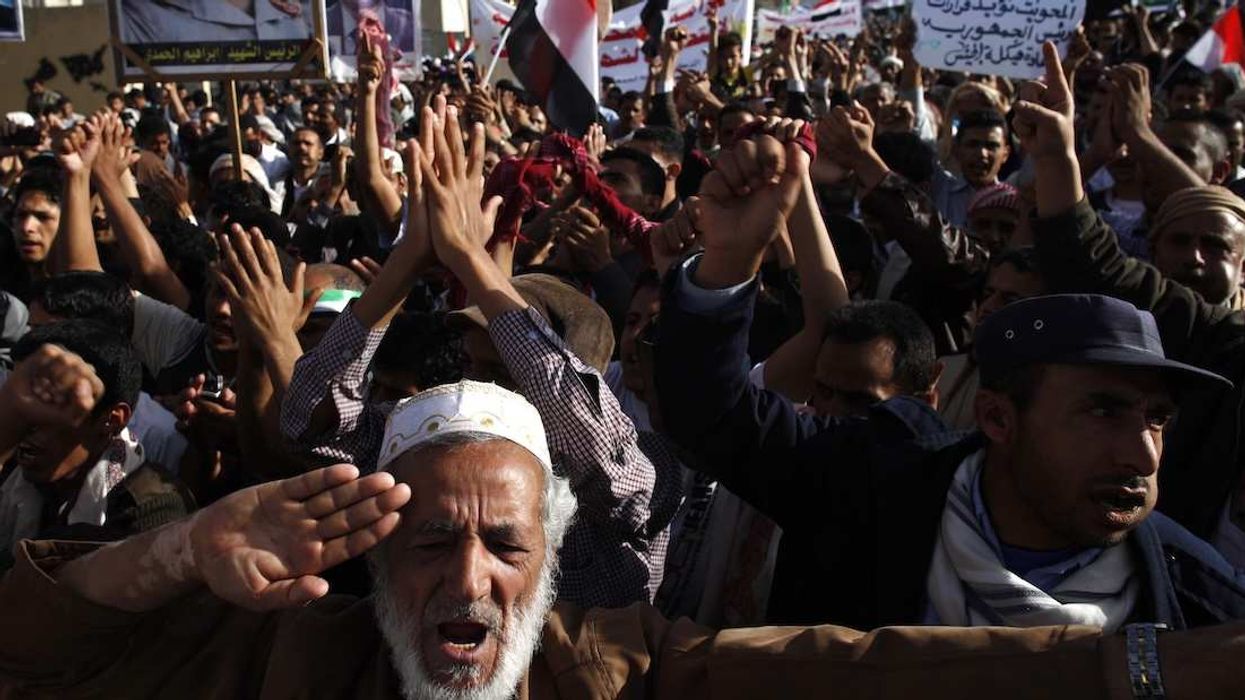NOW: Ukraine and Russia are locked in a bloody, frustrating trench war, stalemated for years after the attempt to blitz through to Kyiv during Russia’s initial invasion was thrown back by the sacrifice of thousands of Ukrainian troops.
THEN: On this day 110 years ago, French and British forces along the Marne River were suffering through arguably the most important battle of World War I – an early clash that saved Paris and broke the German war plan but also ushered in the horrors of trench warfare.
The Great Retreat: The war began with disaster for the Anglo-French Entente. The aggressive French pre-war plan to strike into the heavily fortified German positions along their frontier had shattered against the macabre realities of industrialized warfare. Nearly 330,000 French soldiers were killed or wounded between Aug. 6 and Sept. 5 as the Germans rebuffed the strike and swept across Belgium and Luxembourg (the infamous Schlieffen Plan). They bottled up the tiny Belgian army before slamming into the small British Expeditionary Force at Mons, who fought hard but were forced to retreat because the French collapse left their flank unguarded.
The 1st and 2nd German armies then marched headlong toward Paris, and the French government departed for Bordeaux, expecting a prolonged siege. But the ferocity of the German advance concealed serious vulnerabilities: they were outpacing their supplies and their lines of communication were breaking just as generals were shifting plans on the ground. So severe was the dysfunction that Germany's top general, the infamously neurotic Helmuth von Moltke, issued no orders to the fighting armies during the six days of battle that began on Sept. 6.
Keep calm and fight on: Meanwhile, French Commander-in-Chief Joseph Joffre’s oft-noted cool head saved the day. He rapidly saw the futility of the pre-war plans and regrouped, pulling units from the east to defend the capital and relying on the extensive French train network. He appointed an old mentor, Gen. Joseph Gallieni, military governor of Paris, and Gallieni spotted a crucial mistake on the German side.
Rather than encircling Paris from the west, which might have prevented French forces from checking them in time, the Germans moved to positions to the northeast along the Marne. On Sept. 6, the French 5th army, which had been in retreat, turned and counterattacked across the river east of Paris, reinforced by the fresh 9th Army. Simultaneously, Gallieni’s newly formed 6th Army struck from Paris itself, even using Parisian taxicabs to ferry some 3,000 men to the front in the earliest known use of automobiles in warfare.
Mind the gap: Attacked on two sides, the German commanders scrambled to respond. The 1st and 2nd Armies gradually began pulling apart, allowing a 30-mile wide gap to form between their forces — a gap into which the British Expeditionary Force began pouring its battalions. By Sept. 9, German Gen. Karl von Bülow realized he was no longer in a position to end the war by taking Paris — and so ordered a retreat north to the Aisne River.
Dig in: At the Aisne, the Germans put to use one tiny advantage that would come to define the whole war: spades to dig trenches. German soldiers carried them; British and French troops did not. But by Sept. 17, the Entente were digging their own trenches, and over the course of the next month, the network would grow to stretch from the Swiss Alps to the Flemish coast.
Over 4.5 million soldiers and civilians lost their lives on the Western Front during the course of the next four years, and we live with the consequences — from the conflicts in Ukraine and Israel to European unity and American hegemony — to this day.


















